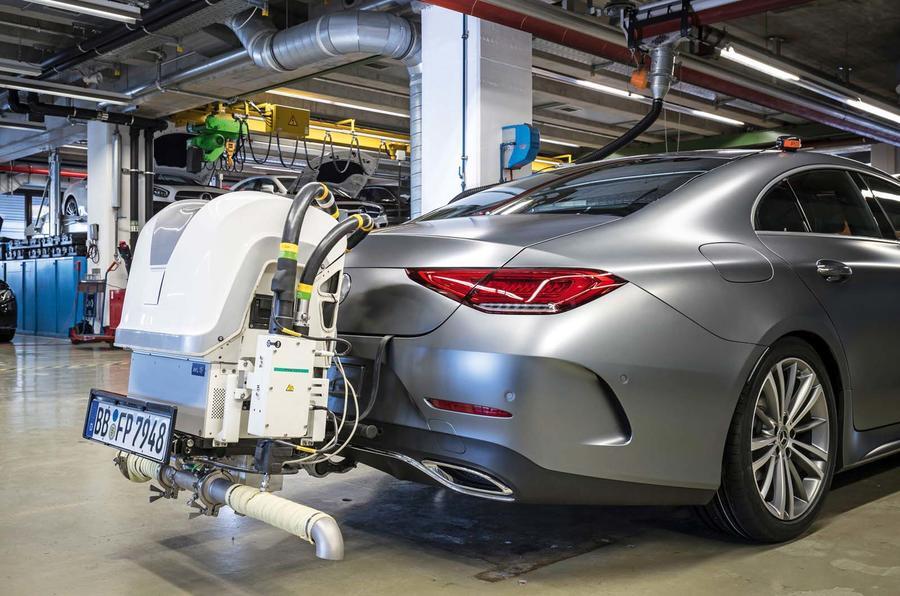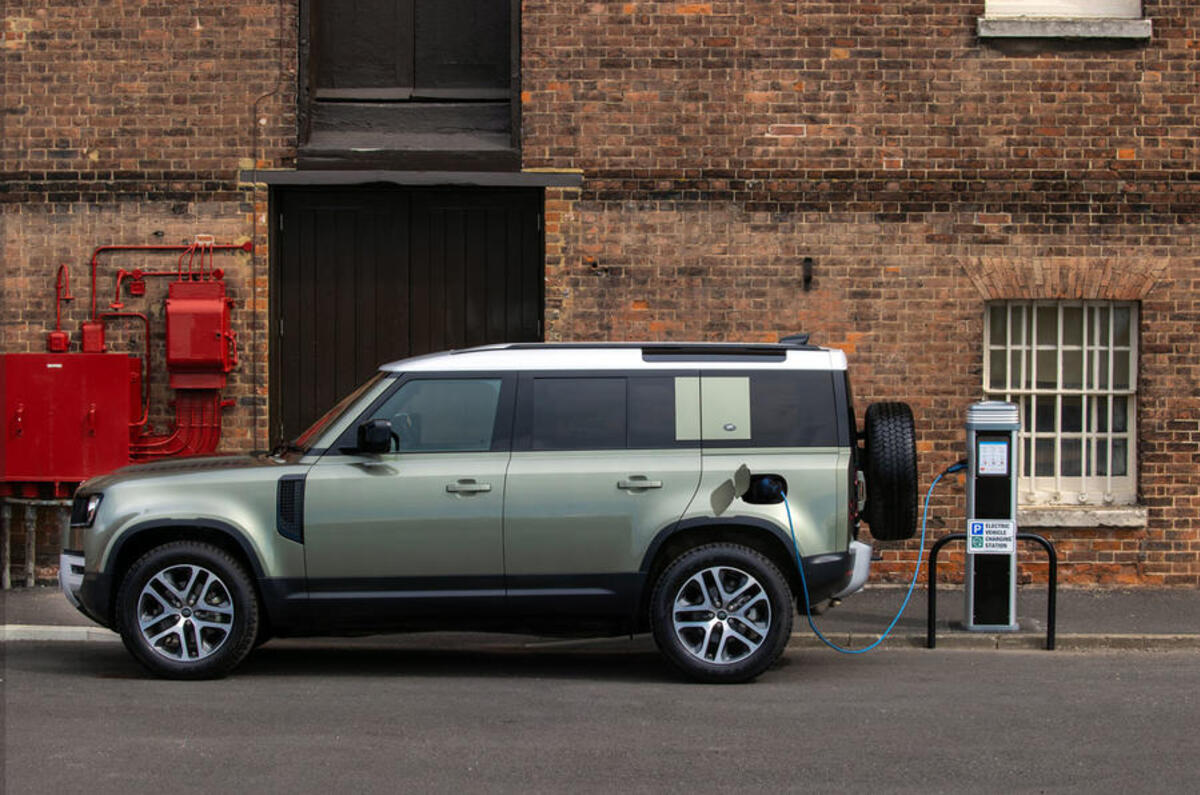The European Union is set to impose a significant new CO2 burden on plug-in hybrid (PHEV) cars that could have a dramatic impact on their success and accelerate the adoption of EVs.
All PHEVs are likely to have their official emissions figures – measured in grams per kilometre of CO2 (g/km) – more than doubled by 2027 under new EU6e regulations.
That's because these will dramatically increase the utility factor (UF), a number used by Brussels bureaucrats to blend the CO2 figures from driving in ICE-only mode and EV mode together into an official combined figure.
Autocar has learned that the UF will be set at around 800 in 2025, rising fivefold to 4000 or more by 2027.
As a result, a 50g/km PHEV of today is expected to end up with a figure of about 125g/km in 2027, bringing substantial implications on the cost of ownership, due to larger taxes and emissions surcharges incurred.
These higher CO2 figures will also mean car makers' fleet-average emissions figures will need to be recalculated, especially since most are currently relying on PHEVs to replace diesel.
In many cases, PHEVs provide at least 50% of sales to ease the ‘glidepath’ to the phasing out of ICE in 2035.
Manufacturers will have to move more rapidly to a much stronger mix of BEVs – perhaps two or three for each ICE sale. And that will be a real challenge for an industry struggling for semiconductor and battery-cell supply.
The negotiations are so sensitive at high levels in Brussels and manufacturers' boardrooms that neither of the two largest automotive trade bodies, the ACEA (which represents all European car-makers in Brussels) and the SMMT (which represents the UK industry), would comment to Autocar.
The plan will undoubtedly undermine the economic case for PHEVs for both drivers and car makers, lumbering them with average CO2 figures of around 130g/km at the same time as fleet-average CO2 is mandated down to 42g/km.






Join the debate
Add your comment
You can't have an 'official figure' of a vehicle depends solely on the variable which is the driver carrying out a task to assist in those figures.
2 problems with PHEVs.
1. Company car drivers get them for the tax saving, put the cables in their desk in the office and forget about them.
2. If a hybrid self-charges, it runs in electric mode until the battery runs out. It then switches to ICE mode (with a cold catalyst) and pollutes as though it was starting its journey. It then charges the battery and switches to electric mode. The catalytic converter cools down from working temperate (400 c) and the cycle repeats. Very little benefit to the environment over an ICE car when you have multiple cold starts in a journey. This is why the EU is after them. Don't worry, UK. Boris won't follow anything the EU does (like try to cut pollution).